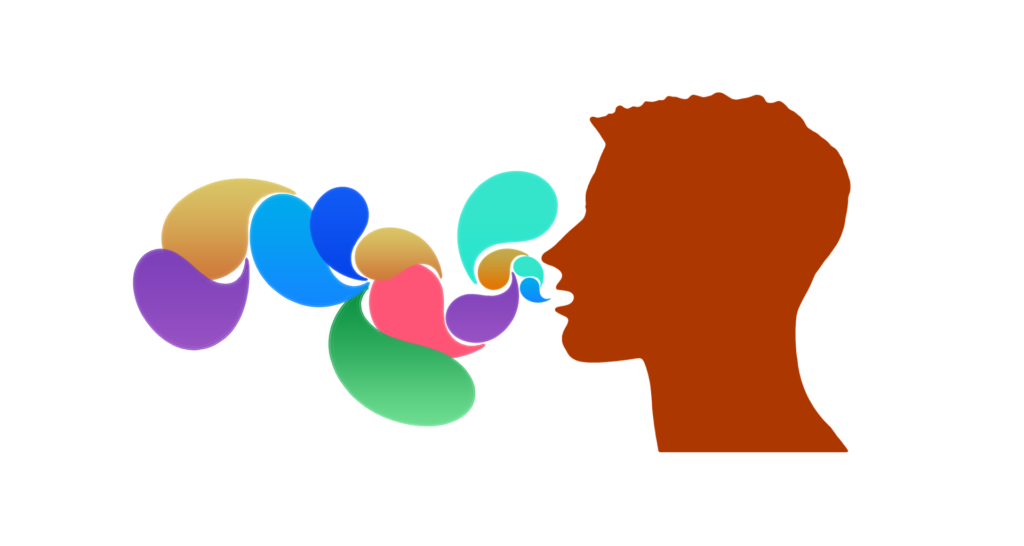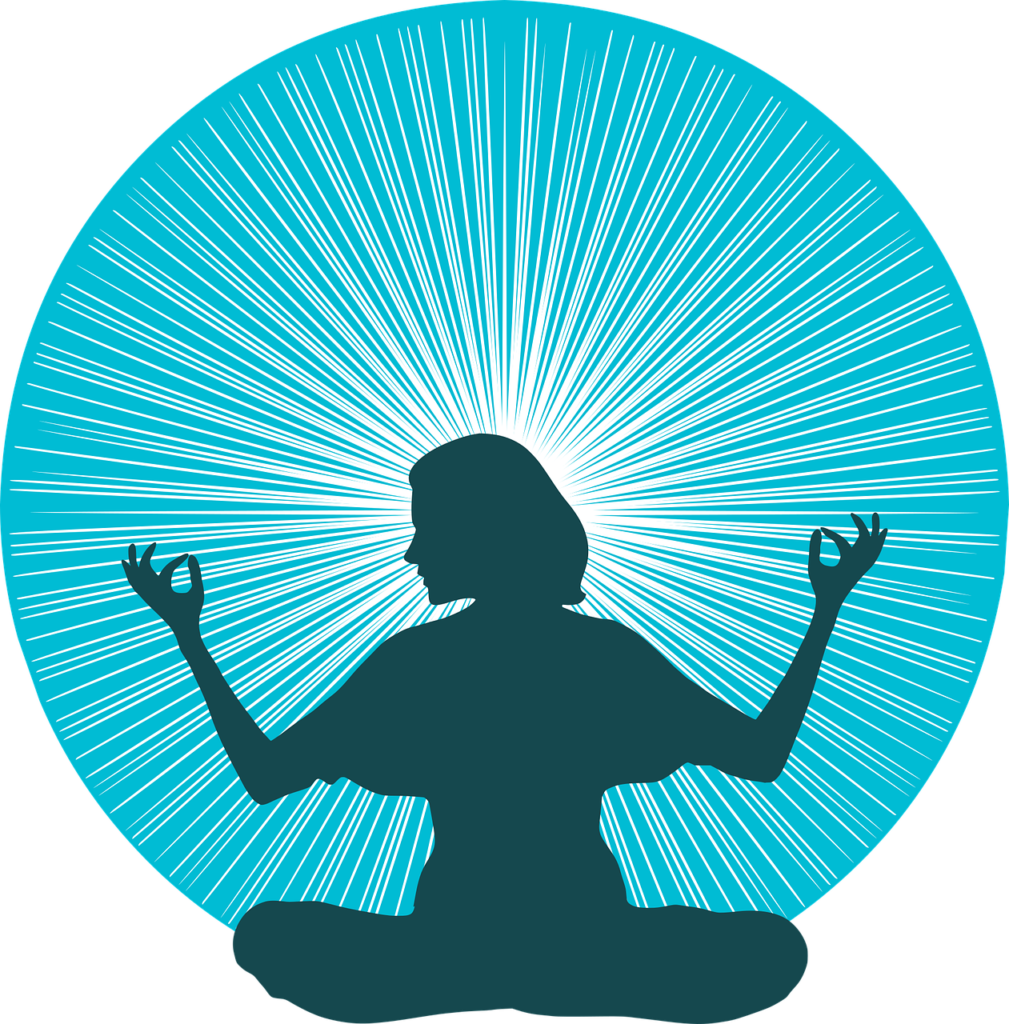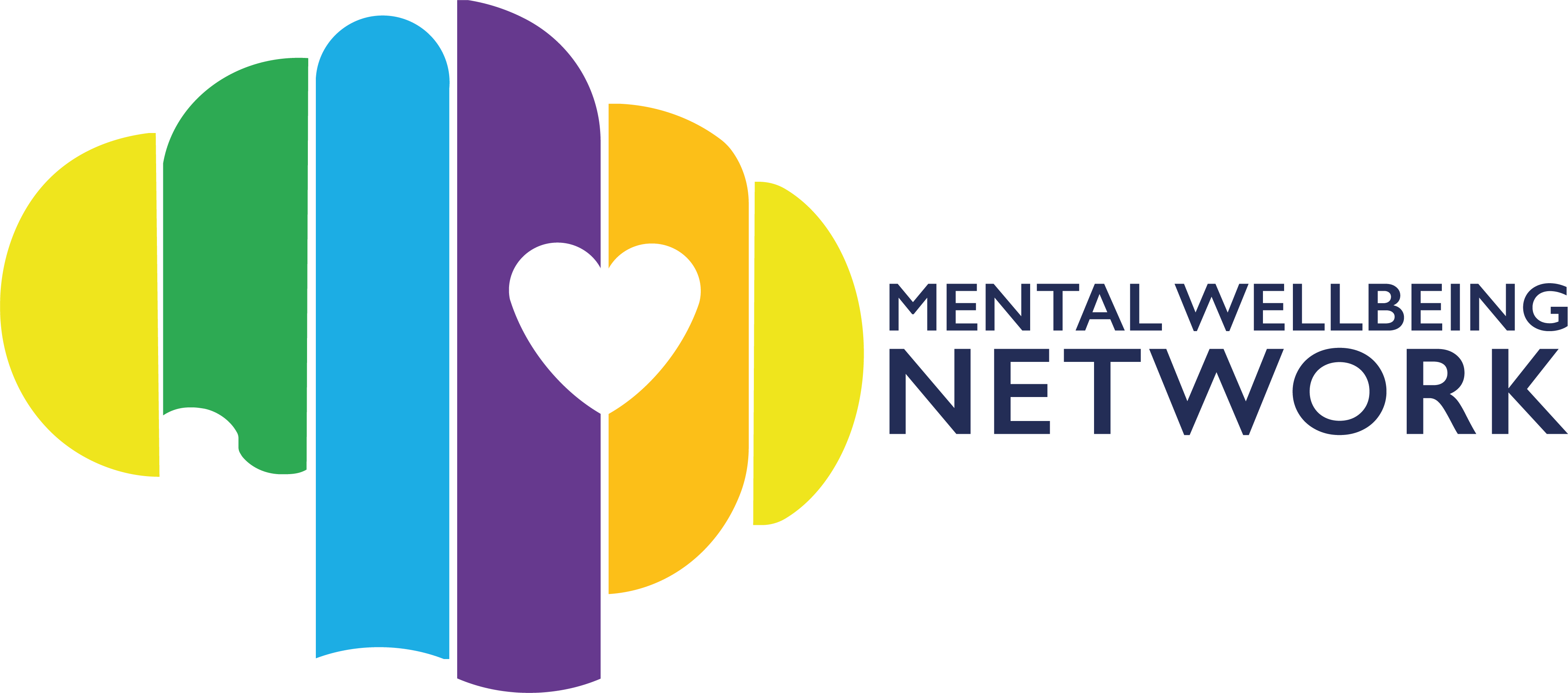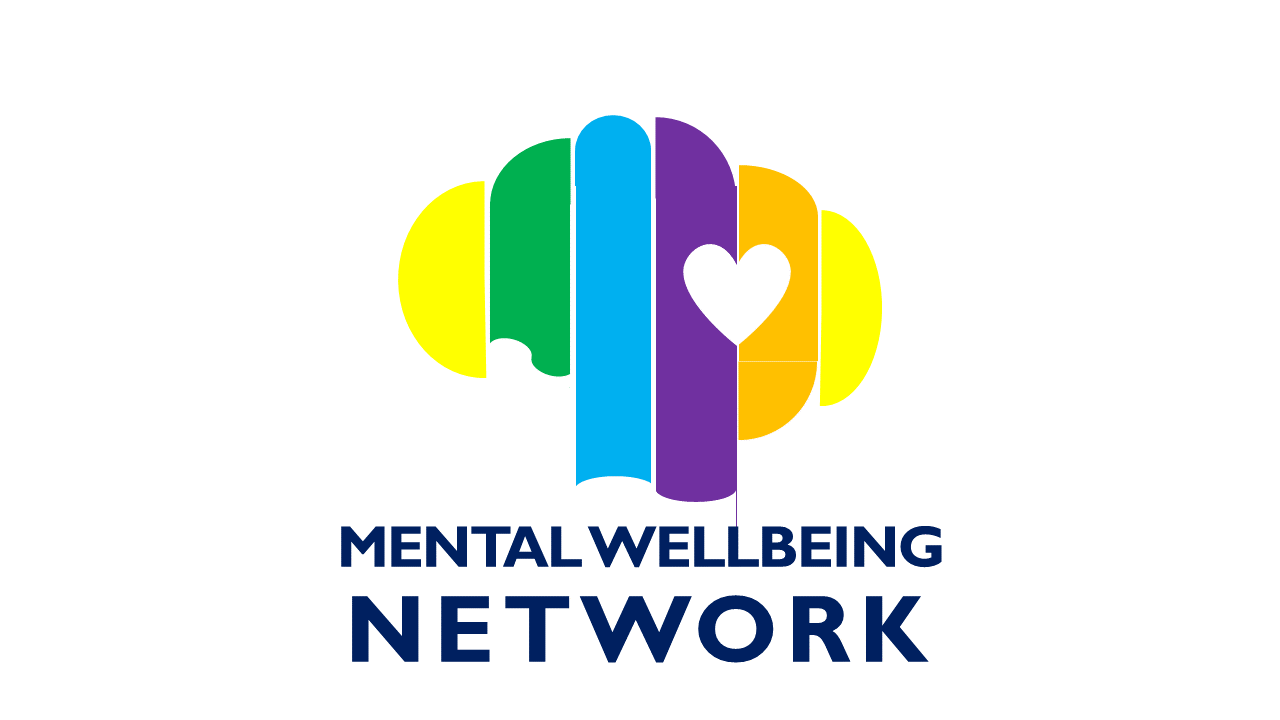Tourette syndrome (TS) is a condition that results in an individual making involuntary movements and sounds called tics. The first sign of symptoms can begin during childhood but can improve after several years or in some cases completely go away.
Symptoms
The main symptom of TS is tics but these are separated into two categories called vocal and motor tics. The first time symptoms are displayed would be between the ages of 5 and 10 years old. A person who is diagnosed with TS will display a combination of both these sub-categories of behaviours.
Motor tics would be things like:
- Jerking of head or limbs
- Jumping
- Twirling
- Shrugging shoulders
- Blinking
- Eye rolling

Vocal tics include:
- Whistling
- Tongue clicking
- Animal sounds
- Grunting
The symptoms that you are experiencing can be affected by moments in life when you may be feeling stressed or anxious. On these days the tics can increase in severity, duration and frequency. They will then improve once your mind is focused and pre-occupied on an activity or you have calmed down.
Causes
At the moment research has not found an exact cause for TS but what is known is that it is a neuro-developmental condition. This means that the condition develops while the brain is developing. The use of brain scanning has also shown that in people with TS there are parts in their brains that differ in size or functionality. This includes a section of the brain that works by helping to regulate movements in the body.

There may be several factors that interact with one another to cause the development of TS. It is also believed that it could be due to an imbalance of neurotransmitters in the brain such as dopamine. This is because many of the medications that are used to reduce tics work by supressing the dopamine system.
There is a genetic component to TS as many of those who are diagnosed with the condition have family members with it. However, the exact details of which genes contribute to the development of TS are not fully understood at this moment.
Another cause could be down to environmental factors which can increase the risk of developing TS. These environmental factors include substance or alcohol abuse during pregnancy and inadequate weight gain of mother during the pregnancy.
Premonitory urge
Before a tic happens, many people experience what is called a premonitory urge or sensation. This can be best described as the feeling you get just before you need to sneeze. The feeling is relieved after the tic has been completed but the longer you try to suppress the tic the longer this urge will last.
Despite tics being involuntary some people can suppress them for a brief period of time. It can be difficult and exhausting trying to control tics in moments where you may feel embarrassed by them such as social situations or at school. This can explain why they may become more frequent to see at home.

Co-occurring conditions
There are many people who are diagnosed with TS that suffer from other associated conditions. These include attention deficit hyperactivity disorder (ADHD), obsessive compulsive disorder (OCD), anxiety and depression.
Diagnosis
Before visiting a GP to discuss any concerns it would be helpful to keep a diary to write down any movements or noises that seem out of the ordinary. If it is at all possible, a video of the tics could also be presented to the GP. After a review there may be the need to refer you to a specialist like a paediatrician. If a diagnosis has been made then it will allow everyone involved to gain a better understanding of the condition. It will also help by getting you access to the right support and treatment that will be needed.

Treatment
Despite there being no cure for TS, there are treatments that are available that can help manage the symptoms. These treatments can involve the use of medicine and behavioural therapy. This is because there are methods of treatment that are not for everyone. Therefore, by offering a wide range of different approaches it allows families to find what is right for them.
The use of behavioural therapy is aimed at providing a person with the tools to help them learn different ways to change targeted behaviours. The two most common behavioural interventions that have been backed by research are called Habit Reversal Therapy (HRT) and Exposure and Response Prevention (ERP). Both of these therapies primarily work by focuses on teaching an individual to get used to the premonitory urge and resist it until the urge to tic has passed.
Behavioural therapies
Habit Reversal Therapy (HRT) begins by identifying and talking through experiences with tics to find out what feelings are triggering them. It would then be advised to start working on the tic that is found to be the most bothersome. The therapist would then help the individual get a better understanding of the muscles that are involved in that tic. This would include helping them to become better aware of when the tic is going to occur, their premonitory urge.

The next stage of this therapy would be to find an alternative, intentional response that would be used to take the place of the tic. As an example, if the tic involves a jerking of the head to the right, they could move their head to the left which will cancel out. This would then be applied to each tic one at a time. A further benefit of this is that if in the future a new tic develops and therapy has finished, they will be able to create their own competing response.
Exposure and Response Prevention (ERP) involves training an individual so that they are able to control their urge to tic. This is done by utilizing different techniques to recreate the urge to tic in a safe environment. With repetition and commitment, they will be able to learn to tolerate the feeling until the urge to tic passes. There will be a belief that this process is going to be tiring, painful and uncomfortable but with practise it will become easier. For this therapy to be as effective as it can be it is vital to practise this strategy at home. This is so that over time it requires less effort and becomes like second nature to you.
Medicine
Before any medication is prescribed there are several things to think about. With the use of medicine, it is important to note that they will only be prescribed in the case that the tics are more severe and having a bigger impact on daily life and activities. In addition to this, treatment differ from person to person due to different symptoms and the likelihood of co-occurring conditions.
For the treatment of tics, the most common medication is antipsychotics. They work by blocking dopamine receptors in the brain which has been linked in the development of TS. As with any form of medication there are side effects which means that there should be careful consideration with a specialist as to whether the benefits outweigh the risks.



